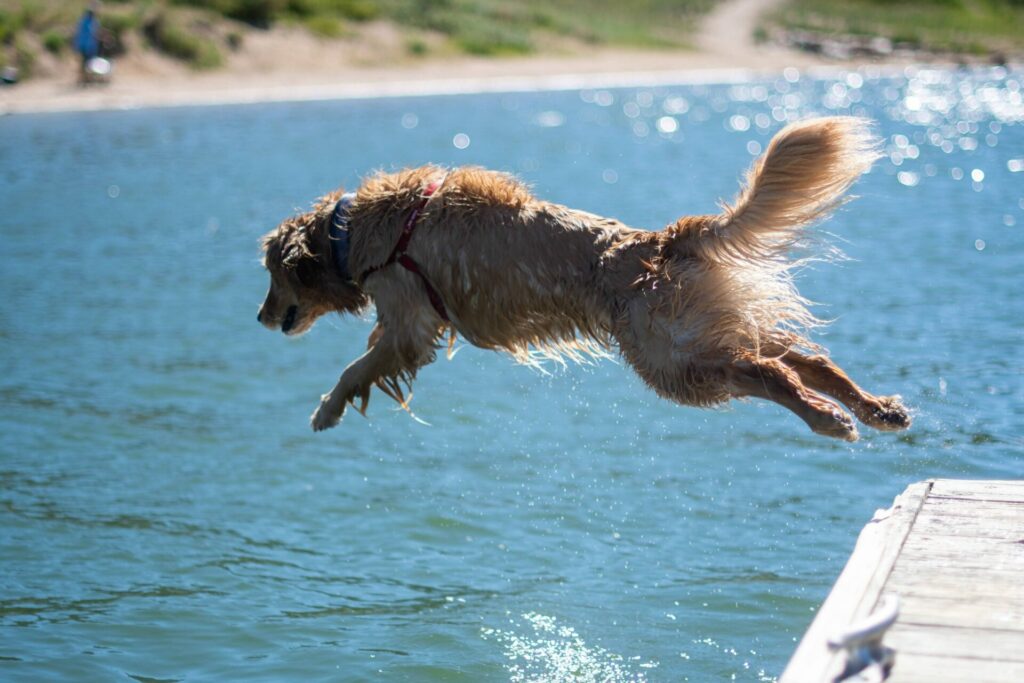Belgium is experiencing record-breaking temperatures on Tuesday at almost 40°C. The risk of overheating is real, including for animals.
The high temperatures make it difficult to cool down once the temperature outside is at the same level as body temperature. Le Soir reported that veterinarians in France had seen a 15% uptake in consultations due to animals suffering from symptoms similar to heatstroke.
"I had to treat a dog with 41°C of temperature, its natural state is 38°C degrees," said veterinarian Jean Pfister in Le Soir. "His owner had taken him out in the sun around noon. I also had to treat cases of dehydration, heart problems, semi-comatose states or burnt pads under the paws. Overall, older individuals are the most vulnerable to heat."
Heatstroke and its symptoms
When the body gets warm, there is more blood flow to the skin and blood vessels expand. To get rid of the heat, the body sweats in order to cool down.
As long temperatures outside are lower than body temperatures, the heat from the body can be transferred into the cooler environment. But when outside temperatures are higher than 37°C, the body has to rely only on sweating.
When animals start feeling the heat, the first sign is panting. Like humans, the body temperatures of our four-legged friends need to remain stable. On a hot day, animals absorb more heat and will want to get rid of this heat. Animals naturally get rid of the heat by panting.
If panting isn't enough to get rid of the heat, animals start to breathe more heavily. "The airways swell so that the animals have to make a very strong effort to draw in air," said veterinarian Stephanie Scheemaeker, from the University of Ghent, in De Morgen.
Shortness of breath is a warning sign, as is lethargy and constantly looking for shade.
Tips to cool pets down
- Avoid going for walks between 10:00 and 16:00, typically the hottest time of the day.
- Regularly give them water to drink without it being too cold.
- In cases of persistent panting, put the animal in the shade and cool it with wet cloths, but not icy water.
- Some animals are more vulnerable to heat. Dogs with squashed noses, such as bulldogs, small canines and dark-haired animals absorb the heat more quickly. Pay attention to these.
- The risk of heatstroke is less for cats, as they are more likely to seek out shadowy places on their own. They may forget to hydrate, so leaving water out for them is key.
- Be mindful of asphalt as concrete can be hot on paws.
- Take your pet to see a veterinarian if all else fails.

